Home>Furniture>Outdoor Furniture>How To Decorate My Patio


Outdoor Furniture
How To Decorate My Patio
Modified: March 7, 2024
Looking for ideas on how to decorate your patio? Discover the perfect outdoor furniture to transform your space into a stylish and inviting oasis.
(Many of the links in this article redirect to a specific reviewed product. Your purchase of these products through affiliate links helps to generate commission for Storables.com, at no extra cost. Learn more)
Introduction
Welcome to the ultimate guide on how to decorate your patio! Your patio is an extension of your home, a space where you can relax, entertain, and enjoy the great outdoors. Whether you have a small balcony, a spacious deck, or a sprawling backyard, you have the opportunity to create a stunning outdoor oasis that reflects your personal style and enhances your outdoor living experience. In this article, we will explore various tips, ideas, and inspiration to help you transform your patio into a functional and beautiful space.
When it comes to patio decoration, the possibilities are endless. You can design your patio to be an extension of your indoor living space, creating a seamless transition between the two. Alternatively, you can embrace the outdoor elements and create a nature-inspired retreat. The key is to strike a balance between aesthetics and functionality, ensuring that your patio not only looks amazing but also meets your practical needs.
Before diving into the nitty-gritty of patio decoration, it is important to consider your personal style and the intended use of the space. Are you looking to create a cozy retreat for relaxation and solitude? Or do you envision a vibrant and lively gathering area for entertaining friends and family? Understanding your goals and preferences will guide your decision-making process and help you choose the right furniture, decor, and accessories for your patio.
Another crucial aspect to keep in mind is the climate and weather conditions in your area. Different regions experience various levels of sunlight, rainfall, wind, and temperature fluctuations. It is important to select materials and furnishings that can withstand the elements and require minimal maintenance. This will ensure that your patio remains beautiful and functional for years to come.
Now that we’ve covered the basics, let’s dive into the exciting world of patio decoration! Whether you’re starting from scratch or looking to spruce up your existing patio, the following sections will provide you with valuable tips and ideas to create a stunning outdoor space that you’ll love spending time in.
Key Takeaways:
- Create a cozy and functional patio by choosing durable, comfortable, and stylish furniture that complements your personal style and meets your specific outdoor living needs.
- Enhance your patio with outdoor decor, lighting, plants, and storage solutions to create a welcoming and beautiful outdoor oasis that reflects your personality and maximizes your outdoor living experience.
Read more: How To Decorate A Patio Table
Choosing the Right Furniture
When it comes to patio decoration, selecting the right furniture is of utmost importance. Not only does it serve as the focal point of your outdoor space, but it also determines the comfort and functionality of your patio. Here are some key factors to consider when choosing outdoor furniture:
1. Durability: Outdoor furniture is exposed to harsh weather conditions, including sunlight, rain, and temperature fluctuations. Therefore, it is essential to choose furniture made from durable materials that can withstand these elements. Look for materials such as aluminum, teak, or weather-resistant wicker, as they are known for their durability and longevity.
2. Comfort: Your patio furniture should be comfortable and inviting. Look for furniture pieces with cushions or padding for added comfort. Consider the ergonomics of the seating and opt for chairs and sofas that provide proper support for your back. Don’t forget to test out the furniture before making a purchase to ensure it meets your comfort needs.
3. Size and Scale: Consider the available space on your patio and choose furniture that fits well without overcrowding the area. Measure your patio beforehand and take note of any architectural features or obstacles that may impact the arrangement of furniture. Additionally, consider the scale of the furniture in relation to the size of your patio – oversized furniture can make a small patio feel cramped, while small furniture can get lost in a large space.
4. Style and Aesthetics: Your patio furniture should complement your personal style and the overall aesthetic of your home. Whether you prefer a modern, contemporary look or a traditional, rustic vibe, there are numerous styles, colors, and designs to choose from. Consider the existing elements of your outdoor space, such as the architecture, landscaping, and color scheme, and select furniture that harmonizes with these features.
5. Maintenance: Outdoor furniture requires regular maintenance to keep it looking its best. Some materials, like teak or metal, may require periodic sealing or treatments to protect them from the elements. On the other hand, synthetic materials like resin or powder-coated aluminum are low-maintenance and easy to clean. Consider your willingness to invest time and effort into maintaining your patio furniture before making a selection.
6. Flexibility and Functionality: Think about the intended use of your patio and choose furniture that meets your specific needs. If you plan on dining outdoors frequently, a sturdy dining table and chairs would be essential. On the other hand, if you prioritize relaxation and lounging, consider investing in comfortable sofas, chaise lounges, or hammocks. Look for furniture pieces that offer flexibility, such as modular seating that can be rearranged to adapt to different occasions.
By considering these factors and selecting the right furniture for your patio, you can create a comfortable and inviting outdoor space that reflects your style and enhances your outdoor living experience.
Selecting Outdoor Decor
Once you have chosen the right furniture for your patio, it’s time to enhance its beauty and personality with outdoor decor. Outdoor decor not only adds visual appeal to your space but also allows you to showcase your style and create a welcoming atmosphere. Here are some tips for selecting outdoor decor for your patio:
1. Theme or Style: Consider the overall theme or style you want to achieve in your outdoor space. Are you aiming for a tropical getaway, a rustic retreat, or a modern oasis? By selecting a theme or style, you can narrow down your options and create a cohesive look for your patio. Look for decor items, such as throw pillows, rugs, and wall art, that align with your chosen theme.
2. Color Palette: Choose a color palette that complements your furniture and outdoor surroundings. You can opt for bold, vibrant colors to create a lively atmosphere or choose a more subtle, neutral palette for a calming and harmonious look. Consider incorporating pops of color through pillows, cushions, and accessories to add visual interest to your patio.
3. Outdoor Rugs: Outdoor rugs not only add color and pattern to your patio but also provide a cozy and comfortable feel underfoot. Look for rugs made from materials that can withstand outdoor conditions, such as polypropylene or synthetic fibers. Choose a rug size that fits the scale of your patio and consider the placement of furniture when selecting the shape and design.
4. Throw Pillows and Cushions: Accessorize your patio furniture with throw pillows and cushions to add comfort and style. Look for weather-resistant materials and fabrics that can withstand exposure to sunlight, moisture, and dirt. Play around with different patterns, textures, and sizes to create a layered and inviting look.
5. Outdoor Art and Wall Decor: Add a touch of personality and creativity to your patio with outdoor art and wall decor. Hang artwork, metal sculptures, or wall hangings that are specifically designed for outdoor use. This will not only enhance the visual appeal of your patio but also serve as a conversation starter for your guests.
6. Outdoor Curtains and Privacy Screens: If you desire extra privacy or want to create a cozy nook on your patio, consider adding outdoor curtains or privacy screens. These not only provide privacy but also add a touch of elegance and create a sense of enclosure. Look for curtains made from weather-resistant fabrics and consider their color and pattern in relation to the overall design of your patio.
7. Functional Accessories: In addition to decorative elements, consider incorporating functional accessories into your outdoor decor. This could include items such as outdoor clocks, weather-resistant storage bins, or outdoor heaters or fans, depending on your needs and the climate of your area.
Remember to strike a balance between function and aesthetics when selecting outdoor decor for your patio. Choose items that not only enhance the beauty of your space but also serve a practical purpose. By carefully curating your outdoor decor, you can create an inviting and stylish patio that reflects your personality and maximizes your outdoor living experience.
Adding Lighting Fixtures
Lighting is a crucial element when it comes to patio decoration, as it not only enhances the ambiance but also extends the usability of your outdoor space into the evening hours. Whether you want to create a cozy and intimate atmosphere or highlight specific features of your patio, here are some tips for adding lighting fixtures to your outdoor space:
1. Overhead Lighting: Install overhead lighting fixtures such as pendant lights, chandeliers, or ceiling fans with built-in lighting. These fixtures not only provide general lighting for your patio but also add a decorative element. Choose fixtures that are designed for outdoor use and can withstand exposure to the elements. Opt for LED or energy-efficient bulbs to save on electricity costs and reduce environmental impact.
2. String Lights: String lights are a popular choice for outdoor lighting as they create a warm and inviting ambiance. You can hang them along the perimeter of your patio, across a pergola or gazebo, or draping over trees or shrubs. Choose string lights with weather-resistant construction and LED bulbs for longevity and energy efficiency. Experiment with different bulb shapes, sizes, and colors to achieve the desired look.
3. Pathway Lighting: Illuminate pathways and walkways on your patio with pathway lighting. This not only enhances safety but also adds a decorative touch. You can choose from a variety of options, including solar-powered stake lights, low-voltage path lights, or recessed ground lights. Consider the style and design of your patio when selecting pathway lighting to ensure a cohesive look.
4. Spotlights and Uplights: Use spotlights and uplights to highlight specific features of your patio, such as architectural elements, plants, or artwork. These fixtures create a dramatic effect and draw attention to focal points in your outdoor space. Position the lights strategically to create depth and dimension and experiment with different light intensity and angles for the desired effect.
5. Candlelight and Lanterns: Add a touch of romance and warmth to your patio with candlelight and lanterns. Place candles or flameless LED candles in lanterns or hurricane holders for a cozy and intimate ambiance. You can also hang lanterns from pergolas or trees to create a soft and inviting glow. Opt for fire-resistant materials and consider safety precautions when using real candles.
6. Smart Lighting: Consider investing in smart lighting systems that allow you to control and customize your patio lighting with a smartphone or voice command. These systems offer a range of features, including dimming options, color-changing capabilities, and scheduling functions. Smart lighting not only makes it convenient to adjust your patio lighting but also adds a modern and high-tech element to your outdoor space.
Remember to create a balance between ambient, task, and accent lighting to achieve the desired atmosphere on your patio. Play around with different lighting combinations and experiment with light placement and intensity until you achieve the perfect balance of aesthetics and functionality. With carefully chosen lighting fixtures, you can transform your patio into a magical and inviting outdoor retreat.
Incorporating Plants and Greenery
Adding plants and greenery to your patio is a wonderful way to create a refreshing and vibrant outdoor oasis. Plants not only bring beauty and natural elements to your space but also provide numerous benefits, such as improved air quality and a calming atmosphere. Here are some tips for incorporating plants and greenery into your patio decor:
1. Consider the Space: Take note of the available space on your patio and choose plants that fit well without overwhelming the area. If you have a small patio, opt for compact and low-maintenance plants that won’t take up too much space. On larger patios, you have the flexibility to include a variety of plants, including larger shrubs or trees.
2. Select the Right Plants: Choose plants that thrive in your specific climate and are suitable for outdoor conditions. Consider factors such as sunlight requirements, watering needs, and temperature tolerance. If you have limited gardening experience, start with low-maintenance plants such as succulents, herbs, or native plants that are adapted to your region.
3. Create Vertical Gardens: If you have limited floor space, consider utilizing vertical space by creating a vertical garden. Install wall planters or hanging baskets to grow trailing plants or vines. This not only adds greenery but also creates visual interest and saves space. Alternatively, you can use trellises or pergolas to grow climbing plants or create a green wall.
4. Mix and Match Plant Varieties: Create a visually appealing display by combining different types of plants, such as flowers, foliage plants, and grasses. Mix plants with varying heights, textures, and colors to create a dynamic and layered look. Consider the color scheme of your patio and choose plants that complement or contrast with the existing decor.
5. Choose the Right Containers: Select containers that not only fit the style of your patio but also provide adequate drainage for your plants. Consider using a variety of containers, such as terracotta pots, ceramic planters, or hanging baskets, to add interest and versatility. Ensure that the containers are weather-resistant and have drainage holes to prevent waterlogging.
6. Incorporate Edible Plants: If you enjoy cooking or love fresh herbs, consider incorporating edible plants into your patio decor. Grow herbs, vegetables, or fruit-bearing plants in containers or raised beds. This allows you to have a bountiful harvest right at your fingertips and adds a practical and functional element to your patio.
7. Add Lighting to Highlight Plants: Install outdoor lighting fixtures strategically to illuminate your plants and create a magical ambiance. Use spotlights or uplights to highlight specific plants or install LED strip lights along the edges of planters or raised beds. Lighting not only enhances the beauty of your plants but also extends their visibility into the evening hours.
Remember to consider the care and maintenance requirements of the plants you choose. Regularly water, fertilize, and prune your plants to ensure they thrive and continue to enhance the beauty of your patio. With a well-curated selection of plants and greenery, you can create a lush and inviting outdoor space that connects you with nature right at your doorstep.
Consider adding outdoor rugs to define different areas on your patio and add a pop of color. This can help create a cozy and inviting atmosphere for your outdoor space.
Read more: How To Decorate A Patio On A Budget
Creating a Cozy Seating Area
One of the key elements of a well-designed patio is a comfortable and inviting seating area. A cozy seating area allows you to relax, unwind, and enjoy your outdoor space to the fullest. Here are some tips for creating a cozy seating area on your patio:
- Choose Comfortable Seating: Select seating options that prioritize comfort. Look for chairs, sofas, or chaise lounges with plush cushions or padded seats. Consider the ergonomics of the furniture and opt for pieces that provide proper support for your back and arms. Test out the comfort level before making a purchase to ensure it meets your needs.
- Arrange Furniture for Conversation: Arrange your seating in a way that promotes conversation and interaction. Arrange chairs or sofas facing each other, with a coffee table or ottoman in the center. This encourages a cozy and intimate atmosphere where you can relax and chat with family and friends.
- Add Throws and Pillows: Enhance the comfort and coziness of your seating area by adding throws and pillows. Choose soft and plush fabrics that make your seating area feel inviting and warm. Play around with different textures and patterns to add visual interest and personality to your space.
- Create Shade: Shield your seating area from the sun and create a comfortable environment by adding shade. Install an umbrella, pergola, or canopy to provide relief from direct sunlight. This not only protects you from harmful UV rays but also adds a sense of coziness and privacy to your seating area.
- Add a Fire Pit or Outdoor Heater: Extend the usability of your seating area into the cooler evenings by incorporating a fire pit or outdoor heater. This provides warmth and creates a cozy ambiance. Gather around the fire or heater with loved ones, roast marshmallows, and enjoy the comfort of your outdoor space even as the temperature drops.
- Incorporate a Side Table: A side table is not only functional but also adds convenience to your seating area. It provides a surface for placing drinks, snacks, books, or other items within reach. Look for a side table that complements your furniture style and offers the right height for easy access from your seating.
- Add Personal Touches: Make your seating area feel like home by adding personal touches. Place potted plants, candles, or lanterns on side tables to add a touch of greenery and create a cozy atmosphere. Hang string lights or install outdoor wall art to add a whimsical and decorative element to the space.
Remember to consider the available space on your patio when selecting and arranging furniture. Avoid overcrowding the area and leave enough room for movement and flow. With a thoughtfully designed seating area, you can create a cozy and comfortable space where you can unwind, entertain, and make lasting memories on your patio.
Maximizing Storage Space
When it comes to patio decoration, maximizing storage space is essential to keep your outdoor area organized and clutter-free. From storing cushions and pillows to housing gardening tools and accessories, here are some tips for maximizing storage space on your patio:
- Utilize Vertical Space: Make use of vertical space by installing wall-mounted shelves, hanging baskets, or hooks. These can be used to store small gardening tools, pots, or even decorative items. Consider utilizing pergolas or trellises to hang plants or incorporate shelves for additional storage options.
- Invest in Outdoor Furniture with Storage: Opt for outdoor furniture pieces that double as storage units. Look for benches, ottomans, or coffee tables with built-in storage compartments. These can be used to store cushions, throws, gardening tools, or other items that you want to keep close at hand while keeping your patio clutter-free.
- Choose Multi-functional Furniture: Select furniture items that have built-in storage compartments or hidden storage options. For example, a dining table with an integrated storage cabinet or a sofa with pull-out drawers can provide ample storage space while serving their intended functions.
- Use Weather-resistant Storage Containers: Invest in weather-resistant storage containers to hold and protect your belongings. Look for options made from materials such as plastic, wicker, or metal that can withstand outdoor conditions. Ensure that these containers have tight-fitting lids to keep the contents safe from the elements.
- Label and Organize: To make the most of your storage space, label and organize your items. Use clear storage bins and label them based on their contents. This will make it easy to locate specific items when you need them and maintain a neat and organized patio storage area.
- Create a Garden Shed or Storage Unit: If space allows, consider adding a garden shed or storage unit to your patio area. This can provide ample storage space for larger items such as gardening tools, cushions, or outdoor equipment. Ensure that the structure is weather-resistant and secure, keeping your belongings protected.
- Utilize Under Deck or Patio Space: If you have a raised deck or a patio with a raised foundation, utilize the space underneath for storage. Install shelves, hooks, or cabinets to store items such as bicycles, gardening tools, or outdoor toys. This ensures that your storage area is conveniently located yet hidden from plain sight.
By implementing these storage solutions, you can keep your patio clean and organized, allowing you to fully enjoy the outdoor living experience without the hassle of clutter. Maximize your storage space to make the most of your patio and keep your belongings safe and easily accessible.
Adding Shade and Privacy
When designing your patio, it’s important to consider both shade and privacy to create a comfortable and intimate outdoor retreat. Here are some tips for adding shade and privacy to your patio:
- Umbrellas or Shade Sails: Install umbrellas or shade sails to provide immediate relief from the sun’s rays. These portable options can be adjusted based on the position of the sun, allowing you to create shade over your seating or dining areas. Look for options with UV protection to ensure maximum sun safety.
- Gazebos or Pergolas: Consider adding a gazebo or pergola to your patio to provide a permanent and stylish shade solution. These structures not only offer shade but also create an architectural focal point in your outdoor space. Customize the level of shade by adding climbing plants or installing retractable canopies or curtains.
- Outdoor Curtains or Screens: Enhance privacy on your patio by incorporating outdoor curtains or screens. These can be hung from pergolas, gazebos, or outdoor structures to create a sense of enclosure. Choose curtains made from weather-resistant materials and consider their color and pattern in relation to the overall design of your patio.
- Greenery and Privacy Plants: Use plants and greenery strategically to provide shade and create a privacy barrier on your patio. Plant tall shrubs, hedges, or trees along the perimeter to block out unwanted views and provide privacy. Consider fast-growing options such as bamboo or evergreen plants to create an effective natural privacy screen.
- Bamboo or Reed Fencing: Install bamboo or reed fencing to provide privacy and give your patio a tropical or rustic look. These natural materials can be used as panels or rolled up to create a temporary or permanent privacy barrier. Customize the height and width as needed to meet your specific privacy requirements.
- Outdoor Privacy Screens: Invest in outdoor privacy screens to create a sense of seclusion on your patio. These versatile screens are available in various materials, styles, and sizes. They can be moved around as needed to provide privacy where it’s most desired. Look for options with decorative cutouts or designs to add visual interest to your outdoor space.
- Vertical Gardens or Living Walls: Create a living privacy wall by installing vertical gardens or living walls on your patio. These green installations not only provide privacy but also add beauty and a sense of tranquility. Choose plants that are suitable for vertical growing and require minimal maintenance.
- Outdoor Blinds or Shades: Install outdoor blinds or shades to block unwanted views and enhance privacy on your patio. These can be rolled down or pulled across to create a private and secluded space. Look for options that are made from weather-resistant materials and can withstand the outdoor elements.
By incorporating shade and privacy elements into your patio design, you can create a comfortable and intimate outdoor space that serves as an extension of your home. Evaluate your needs and preferences to determine the best shade and privacy solutions for your patio, ensuring that it meets your requirements while maintaining a visually appealing aesthetic.
Incorporating a Dining Area
Adding a dining area to your patio allows you to enjoy meals outdoors and entertain guests al fresco. Whether you have a small balcony or a spacious backyard, here are some tips for incorporating a dining area into your patio:
- Determine the Space: Assess the available space on your patio and determine the size and layout of your dining area. Consider the number of people you plan to accommodate and allocate enough room for chairs, a table, and space for movement.
- Choose the Right Table and Chairs: Select a dining table and chairs that fit the scale of your patio and match your style preferences. Opt for materials that are weather-resistant and easy to clean, such as metal, teak, or resin wicker. Consider the shape and size of the table based on the available space and the number of people you want to seat.
- Create a Focal Point: Make your dining area visually appealing by creating a focal point. Hang a statement light fixture above the table or incorporate a centerpiece, such as a vase with fresh flowers or a succulent arrangement.
- Provide Shade: Install an umbrella, canopy, or pergola over your dining area to provide shade during hot summer days. This not only keeps you comfortable but also enhances the dining experience. Choose options that are adjustable and can be easily opened or closed based on the sun’s position.
- Add Comfort and Style: Enhance the comfort and style of your dining area with cushions or pillows for the chairs. Choose fabrics and patterns that are weather-resistant and easy to clean. Consider adding a rug under the dining table to create a cozy and defined space.
- Accessorize the Table: Dress up your dining table with stylish and functional accessories. Have a set of outdoor dinnerware, including plates, glasses, and cutlery, specifically for your patio dining. Consider adding a tablecloth or placemats to add a pop of color and protect the table surface.
- Create a Grilling Station: If you enjoy outdoor cooking, consider incorporating a grilling station near your dining area. This allows you to prepare and grill food while still being part of the dining experience. Invest in a quality outdoor grill and create a designated workspace with countertops or a rolling cart for utensils and food prep.
- Consider Lighting: Install appropriate lighting for your dining area to extend its usability into the evening hours. Hang string lights, lanterns, or install wall-mounted sconces to create a warm and inviting ambiance. Ensure that the lighting is adjustable to create the desired mood for dining.
- Embrace Outdoor Decor: Add personal touches and outdoor decor to your dining area to make it feel inviting and unique. Incorporate potted plants, tabletop decorations, or outdoor artwork that complements the overall style of your patio. Consider adding a small outdoor water fountain or a wind chime for a calming and soothing atmosphere.
By incorporating a dining area into your patio, you can create a space where you can enjoy meals, entertain guests, and make lasting memories. Consider your needs, available space, and personal style when designing your patio dining area, and ensure that it is functional, comfortable, and visually appealing.
Read more: How To Decorate An Apartment Patio
Maintaining and Cleaning Your Patio
To keep your patio looking beautiful and well-maintained, it is important to establish a regular maintenance and cleaning routine. Here are some tips to help you maintain and clean your patio:
- Sweep Regularly: Sweep your patio regularly to remove dirt, leaves, and debris. This will prevent them from accumulating and potentially staining or damaging the surface. Use a broom or a leaf blower to remove loose debris.
- Pressure Wash: If your patio has a hard surface, such as concrete, tile, or pavers, consider pressure washing once or twice a year. Pressure washing helps remove stubborn dirt and grime, bringing back the original look of your patio. Be sure to follow the manufacturer’s instructions and adjust the pressure accordingly to avoid any damage to the surface.
- Spot Clean: Attend to any spills or stains promptly to prevent them from setting in. Use a mild detergent or a specialized cleaner that is suitable for the surface of your patio. Gently scrub the affected area with a brush or sponge, and rinse with water. Avoid using abrasive cleaners or tools that can scratch or damage the surface.
- Seal and Protect: If your patio has a porous surface, such as natural stone or concrete, consider sealing it to protect against stains and damage. Consult with a professional or refer to the manufacturer’s instructions to determine the appropriate sealant for your patio. Apply the sealant according to the recommended schedule to maintain its protective properties.
- Maintain Greenery: If you have plants or greenery on your patio, regularly care for and maintain them. Trim overhanging branches or vines to prevent them from damaging the patio surface or blocking natural light. Remove weeds or unwanted vegetation that may grow between the cracks or joints of pavers or stone.
- Inspect and Repair: Regularly inspect your patio for any signs of damage or wear and tear. Check for cracks, loose tiles, or unstable furniture. Address any issues promptly to prevent further damage and ensure the safety of your patio. Repair or replace any damaged or worn-out parts as needed.
- Clean Outdoor Furniture: Keep your outdoor furniture clean and well-maintained by regularly cleaning them. Refer to the manufacturer’s instructions for cleaning and caring for specific materials. Wipe down furniture frames, cushions, and pillows regularly, and store them in a covered area during periods of inclement weather.
- Prevent Pest Infestations: Take measures to prevent pest infestations on your patio. Keep the area clean and free of food debris that may attract pests. Use pest control measures, such as citronella candles or natural repellents, to discourage insects from invading your patio. Remove any standing water that may attract mosquitoes or other pests.
- Winterize: If you live in an area with harsh winters, take steps to protect your patio during the colder months. Cover or store outdoor furniture, remove plants or greenery that are not winter-hardy, and apply any necessary protective treatments to the patio surface or furniture. Follow specific winterization guidelines according to the materials and climate of your patio area.
By following these maintenance and cleaning tips, you can ensure that your patio remains in excellent condition and continues to be a welcoming and beautiful outdoor space for years to come. Regular care and attention will not only preserve the integrity of your patio but also extend its lifespan and enhance its visual appeal.
Frequently Asked Questions about How To Decorate My Patio
Was this page helpful?
At Storables.com, we guarantee accurate and reliable information. Our content, validated by Expert Board Contributors, is crafted following stringent Editorial Policies. We're committed to providing you with well-researched, expert-backed insights for all your informational needs.
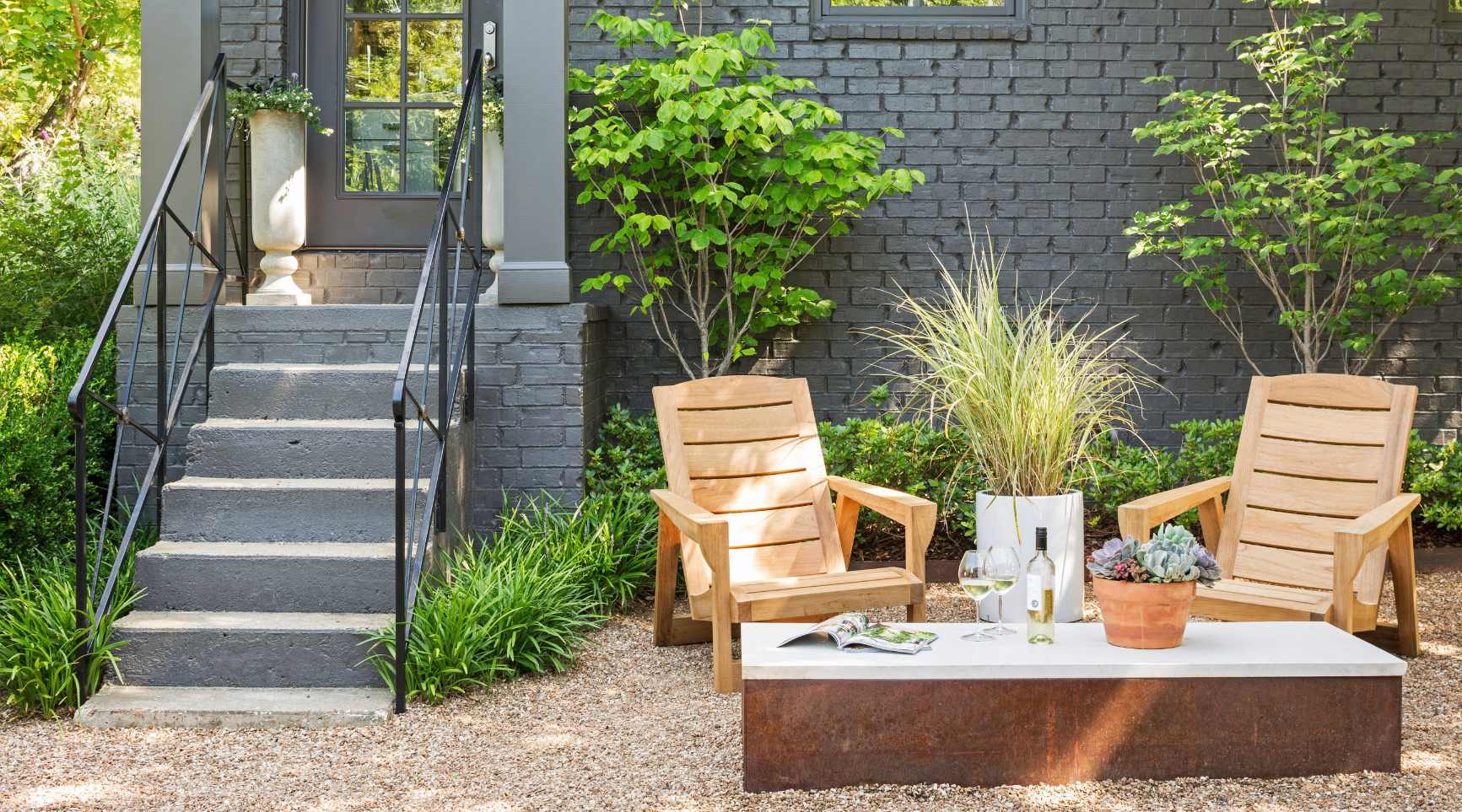
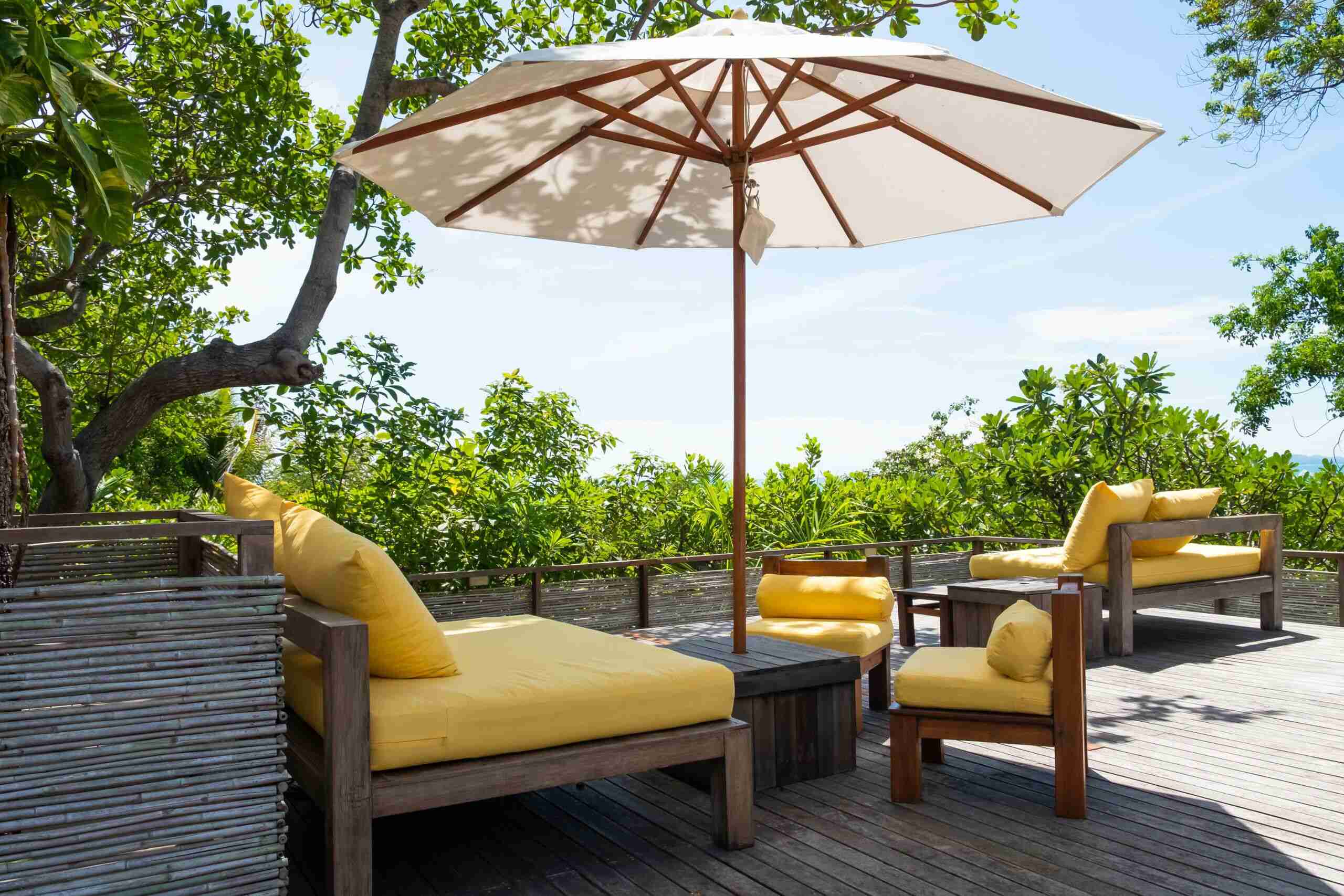
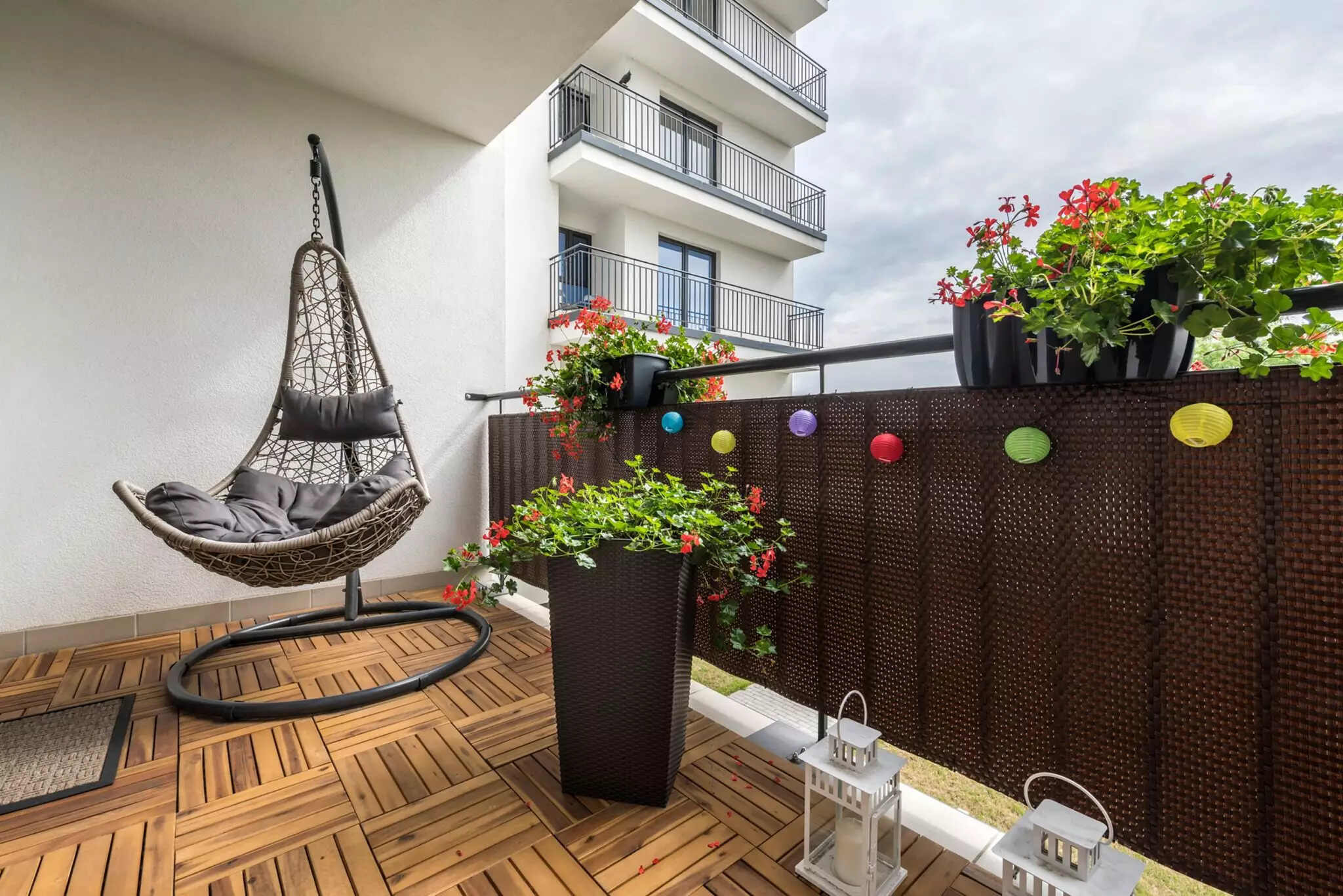
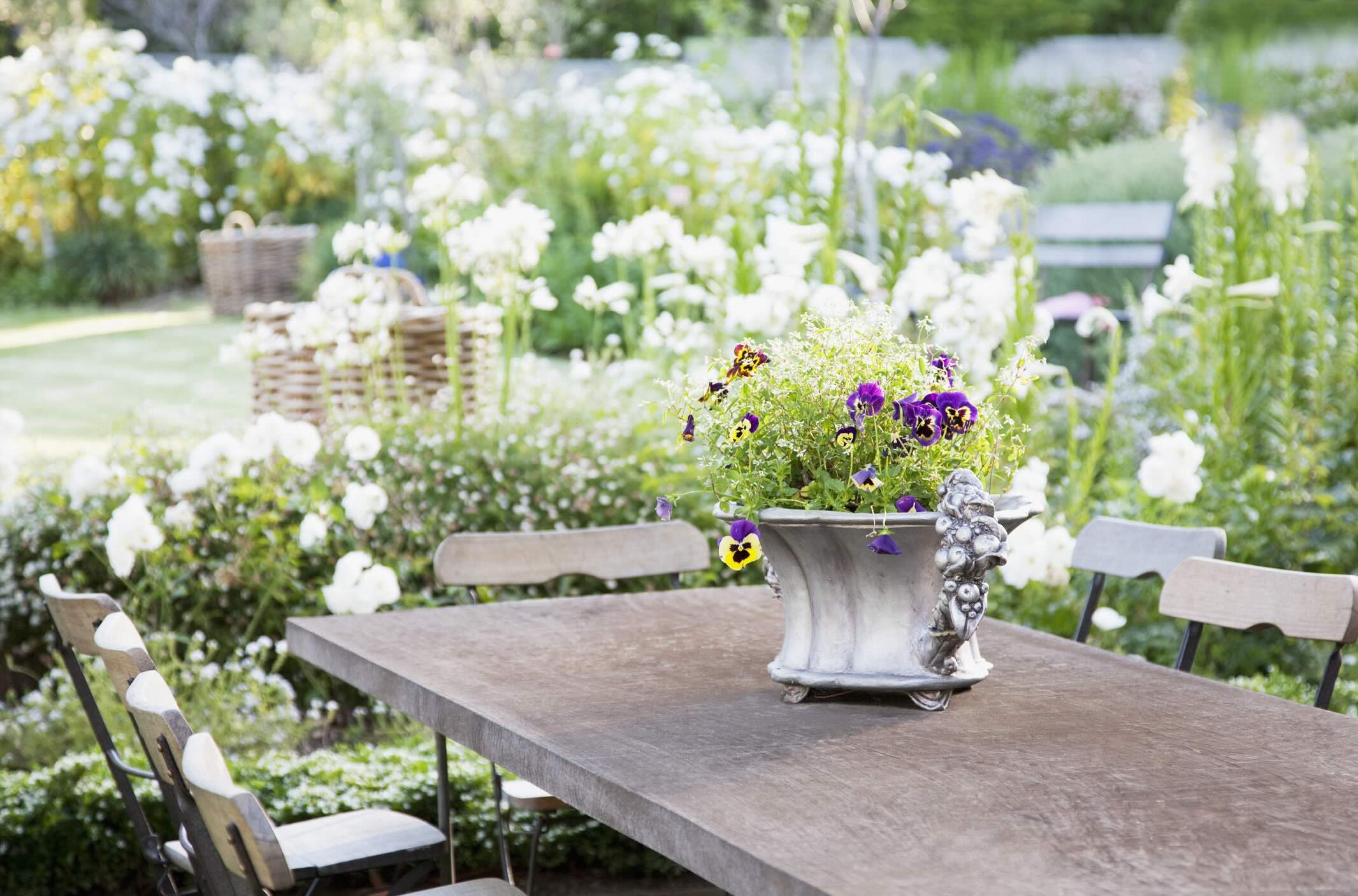
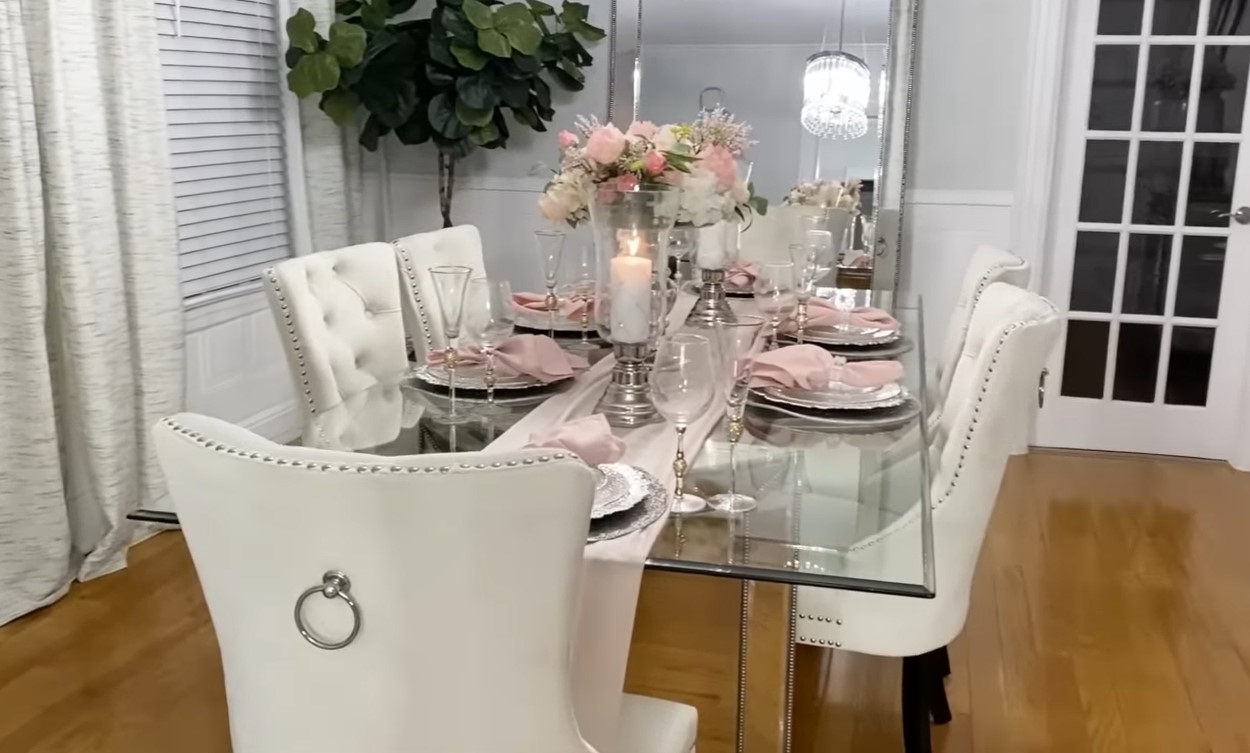

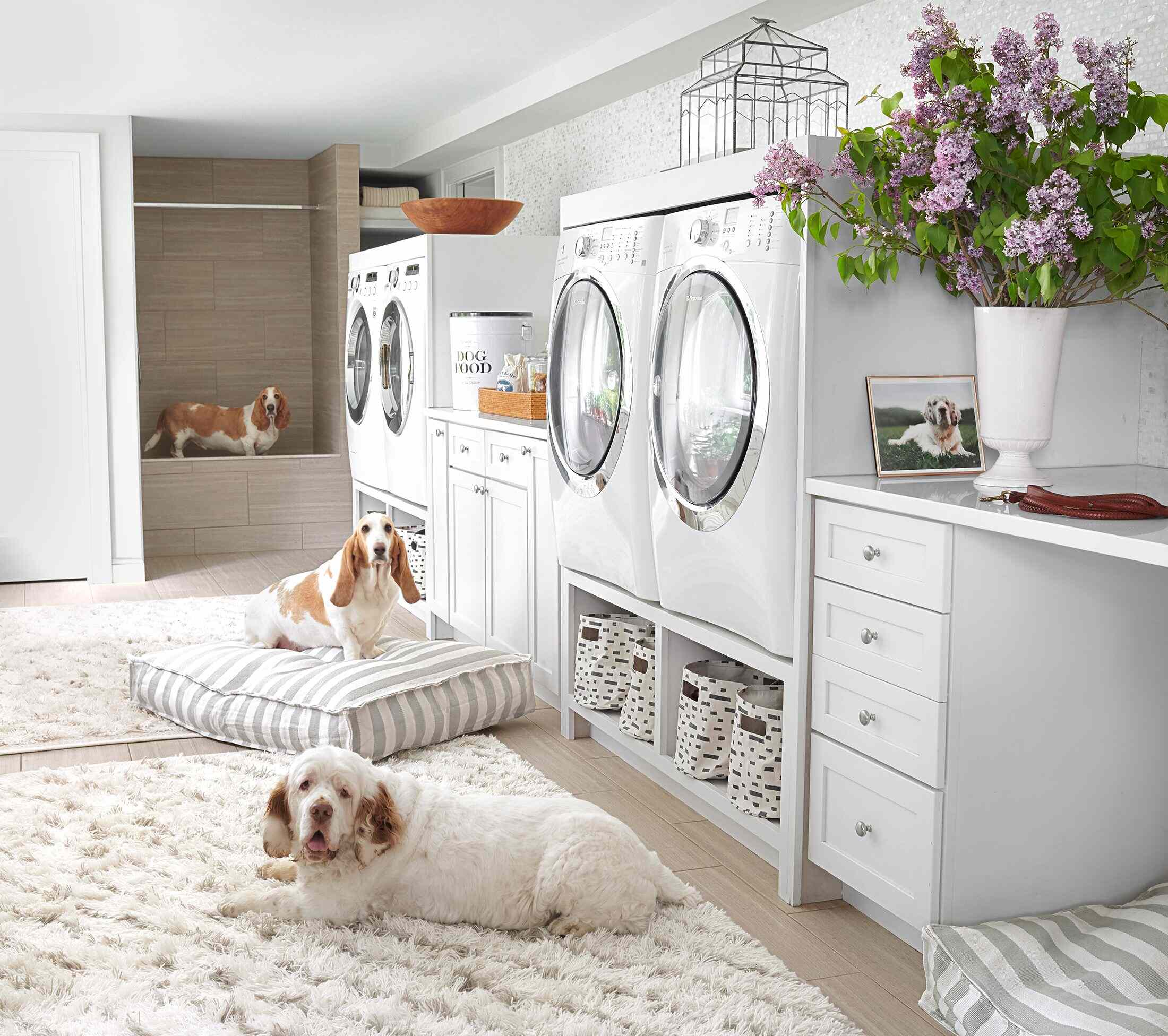
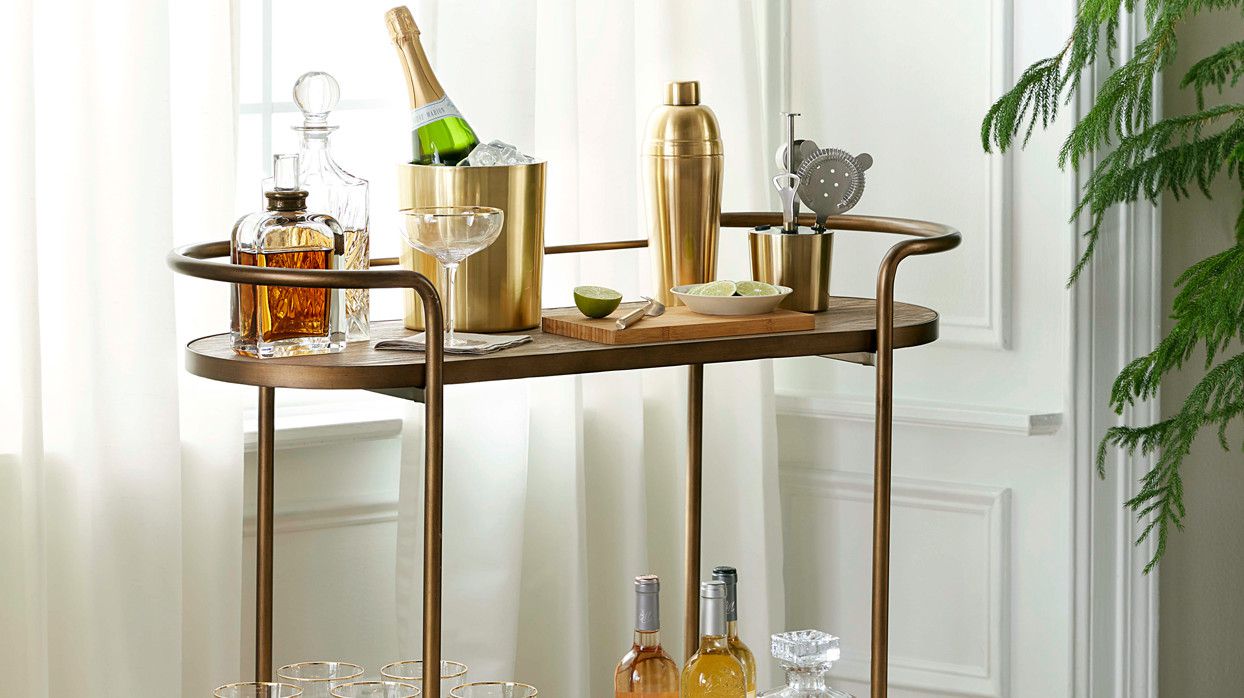
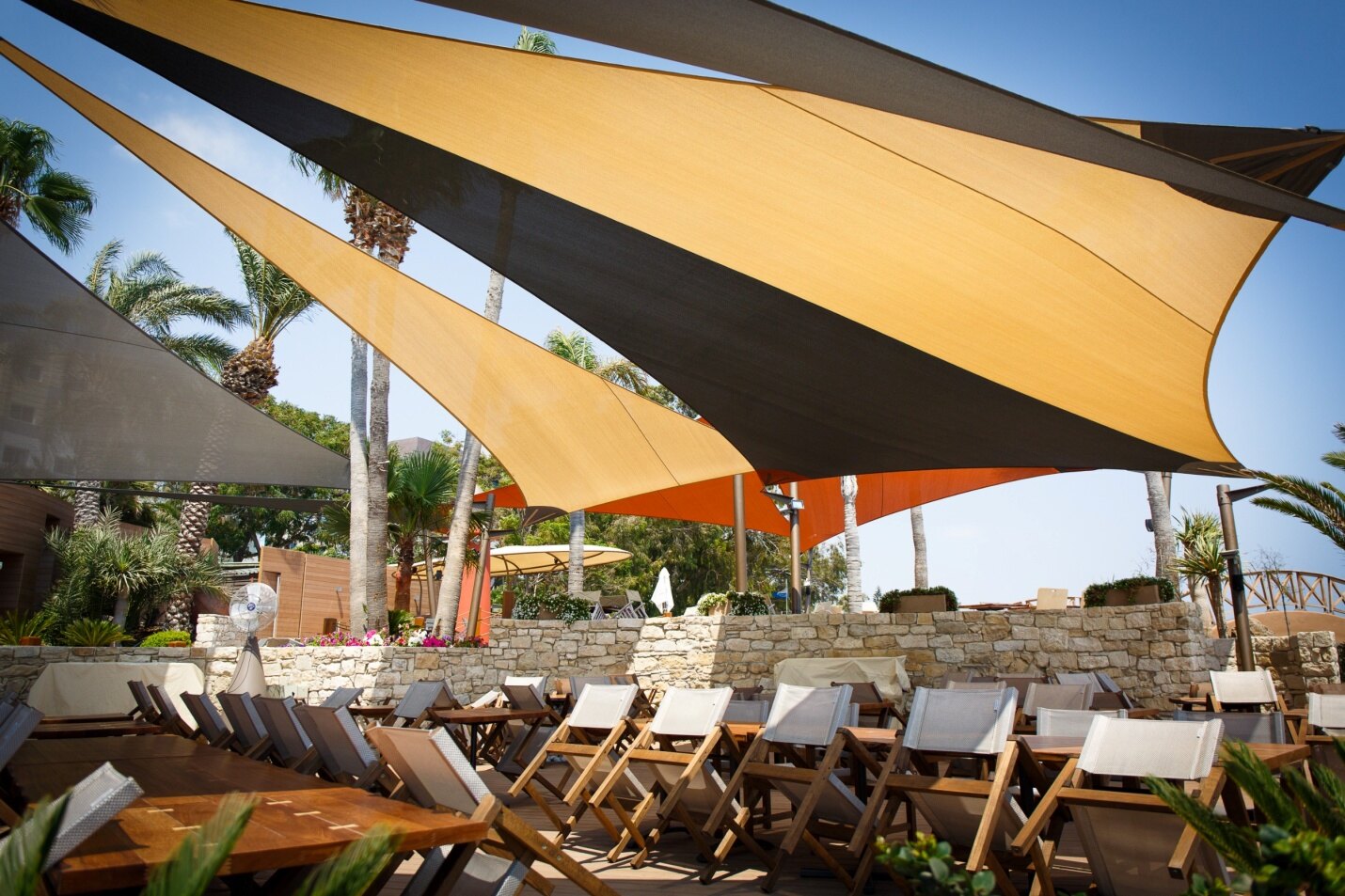
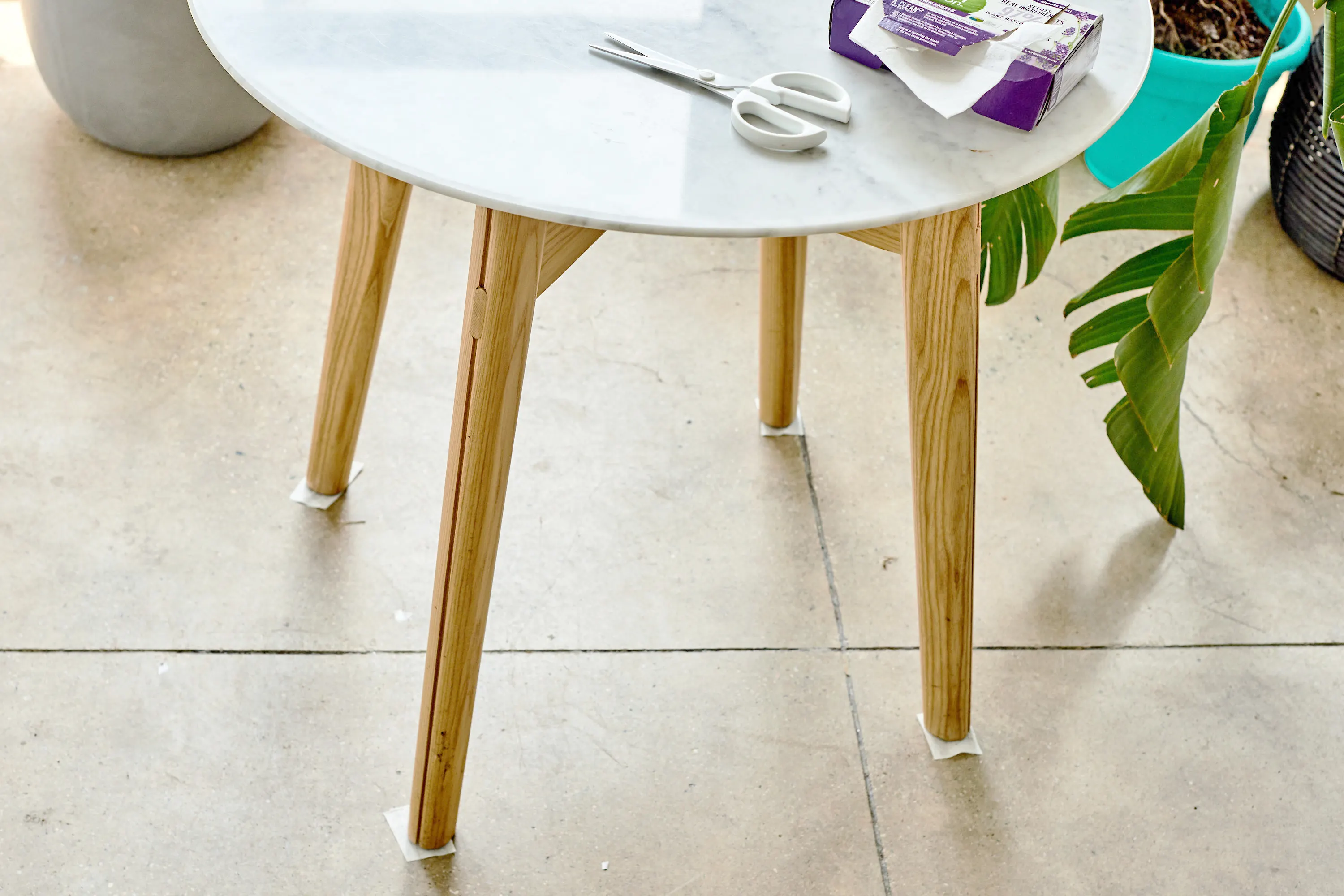
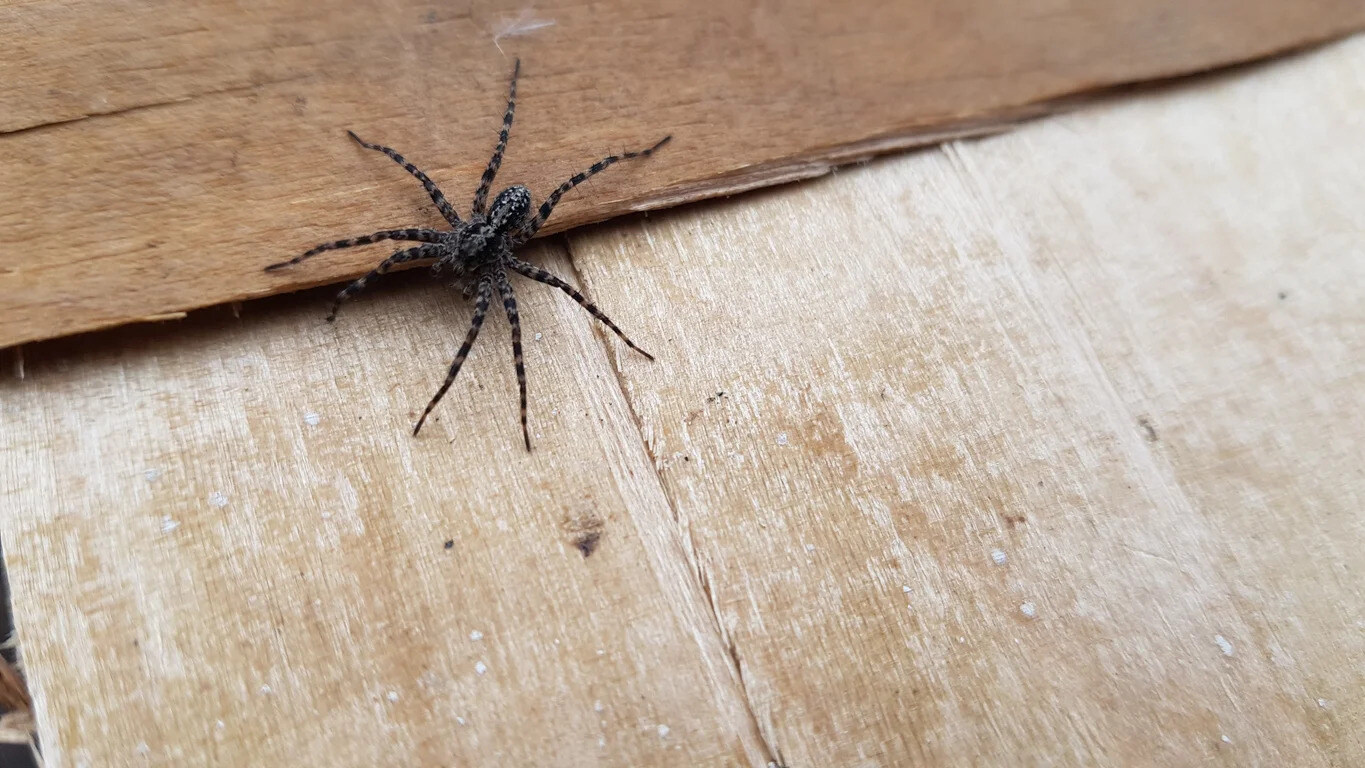
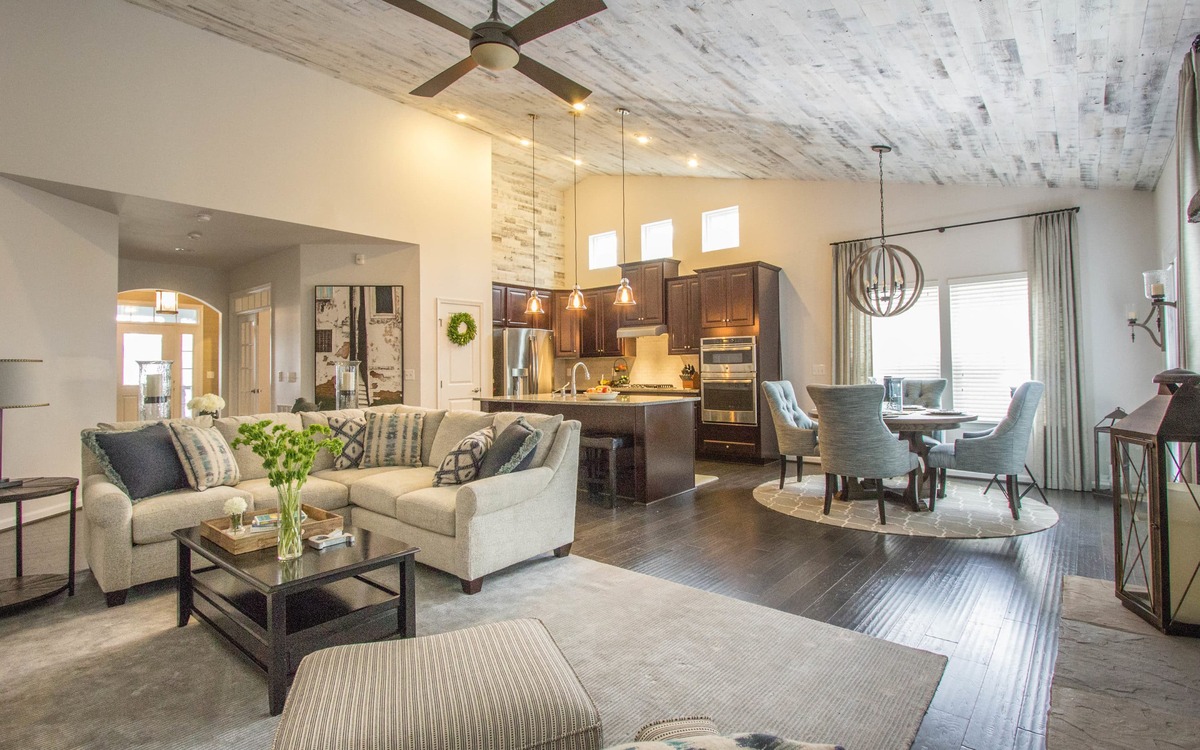
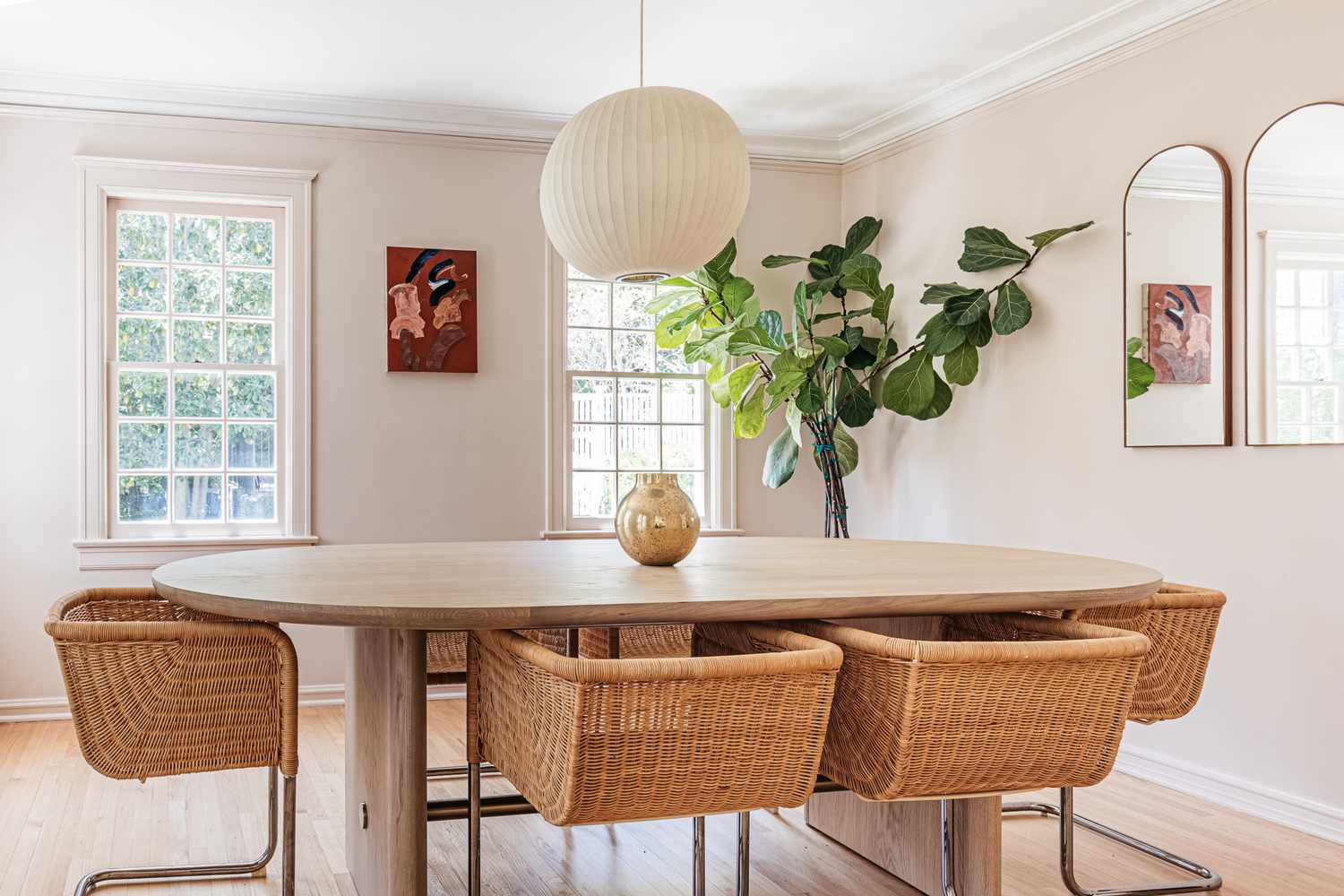

0 thoughts on “How To Decorate My Patio”